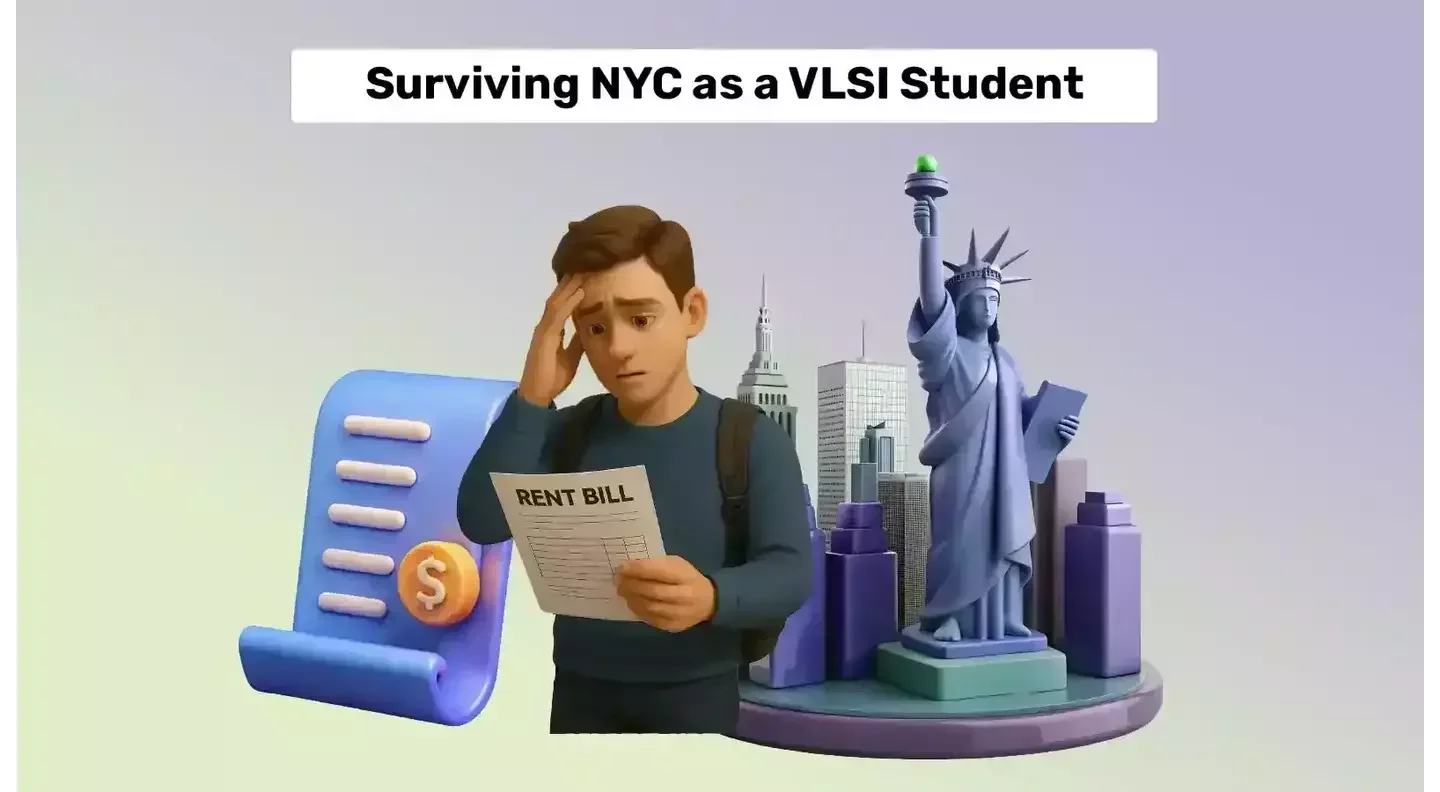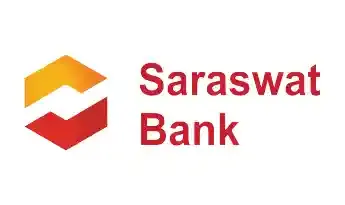Get instant loan offer suitable to your profile !


On this Page:
Get a student perspective on VLSI study abroad, including costs, housing options, job hunt struggles, and success tips.
Charan’s journey from Hyderabad to New York City began with a decision: avoid the oversaturated software field and focus on VLSI (Very Large Scale Integration), where design and verification roles still held promise. He is a graduate from Hyderabad and was aware that the path forward was not going to be smooth and the U.S. job market was growing more competitive, particularly to the Indian international students, who had visa restrictions and less opportunities to get hired. Yet, having a concrete vision, Charan made an attempt to create his future in a field, which has more prospects and room to grow.
What followed was a mix of culture shocks, housing challenges, and job hunt hurdles. The highs and lows of finding a career in the new country, balancing rent in Brooklyn and Jersey City, and being ghosted by applications, Charan touches on all the principles of his own experience.

Charan had realized quickly that pursuing a generic software job in the U.S. was not the wisest of choices, given that the number of competing international students seeking similar opportunities on the same percentage of openings were tremendous. Rather, he looked into VLSI, which had a high demand and increasing significance. The university he graduated from had a good program, and he was able to take design and verification courses that he considered necessary skills to remain competitive.
He did his research by investigating industry trends, job advertisements and upcoming technological changes before making the switch. His decision is solid even today. A research conducted by Maximize Market Research reveals that the global VLSI semiconductor market will increase by $97.5 billion in 2032 ($60.7 billion in 2024) on the back of AI, 5G, and electric vehicles.

His housing experience in New York kicked off in Brooklyn, where he paid an average of 600-700 dollars per month as rent and utilities as an additional cost. The place was well located considering commuting, however, small rooms, a lot of roommates and frequent racist situations made everyday life uncomfortable.
Later he relocated to Jersey City which offered him some relief. Rent dropped slightly to 500-650 dollars, with a larger Indian community, nearby grocery stores, and an easier cultural adjustment. New York City was not too far away with the train. Racism was more subtle but not gone. Cost, commute and comfort are some of the criteria that students rely on when making the decision. Costs of International students living in the US varies between USD 10,000 to USD 18,000 annually depending on the city, lifestyle and the choice of accommodation.

Applying to jobs was more like dropping a resume into an abyss but he did not expect how exhausting the process would become. He sent applications to thousands of vacancies, receiving no reply or feedback. The rejection mails also took weeks to come, sometimes there was no response at all.
He also spoke about unpaid internships, which looked tempting at first but came with their own risks. For international students, working without pay can waste precious months on OPT without adding much real value to the resume. He also emphasized it is so easy to become desperate but it is better to concentrate on the roles that suit you in terms of skills and visa requirements.
For students entering the U.S. market, his advice was simple: start networking early, use LinkedIn smartly, and do not rely only on online applications. Referrals and direct contacts in his experience were much more effective than submitting resumes into the abyss.

Breaking into a TA role without prior experience is not about luck, it’s about being visible, resourceful, and building the right connections from day one.
After classes, strike up short but meaningful conversations with professors, especially about their research or course content. This makes you stand out from the crowd and keeps you fresh in their memory when openings arise. A professor who knows your interest is far more likely to consider you over a stranger.
Charan found that current TAs often know about vacancies before they are posted. A friendly chat, offering to help, or simply staying in touch can lead to insider tips. Many opportunities come from these informal channels rather than official announcements.
In his experience, referrals from professors or TAs carried far more weight than job portal submissions. When someone trusted recommends you, it signals reliability. Charan stressed that you should not hesitate to ask as most people are willing to help if you have shown genuine interest and initiative.
While campus job portals exist, Charan admitted they rarely produce results alone. Apply through them for completeness, but never depend solely on this route. Treat the portal as a backup while focusing your main effort on building relationships and gathering referrals.

Studying in the US is more than classroom learning, exams and grades, it is about adapting, getting the right people to meet and making the right decisions as you go. The experience of Charan demonstrates that despite such challenges as cultural differences, low budgets, and unfriendly job market, preventable hurdles can become the stepping stone to success, with the right attitude present.
Checkout GyanDhan’s estimate future earnings tool to help students predict post-graduation salaries, calculate loan repayment timelines, and understand potential savings. It’s a handy way to check if your chosen field and country will make financial sense.

It varies by area. In Brooklyn, shared accommodation may go up to 700-900 a month, and Jersey City can be a little cheaper but with longer commuting.
It is suggested to join student clubs, attend university events, connect with professors, and use LinkedIn to reach out to alumni. Networking often leads to internships and job referrals.
Be open to learning, engage in conversations, and participate in community activities. However, understanding cultural norms helps you adjust faster.
From Charan’s experience and others like him, it can take 3-6 months, depending on your specialization and networking efforts. STEM areas like VLSI generally offer better prospects, helping some students secure roles faster than those in more competitive industries.
Yes, you can take up part-time campus jobs or TA positions, which not only provide income but also build your resume and connections. However, off-campus employment is limited under student visa regulations. Visit the official USCIS website for more information.
Check Your Education Loan Eligibility

Ask from a community of 10K+ peers, alumni and experts
Trending Blogs
Similar Blogs

Network with a community of curious students, just like you
Join our community to make connections, find answers and future roommates.. Join our CommunityCountry-Wise Loans
Best Lenders for Education Loan

ICICI Bank

Axis Bank

Union Bank

Prodigy

Auxilo

Credila

IDFC

InCred

MPower

Avanse

SBI

BOB

Poonawalla

Saraswat